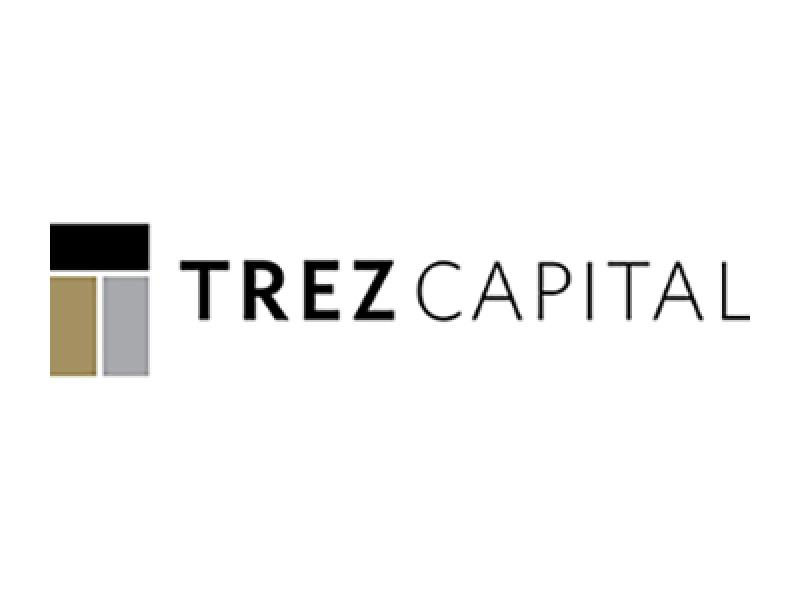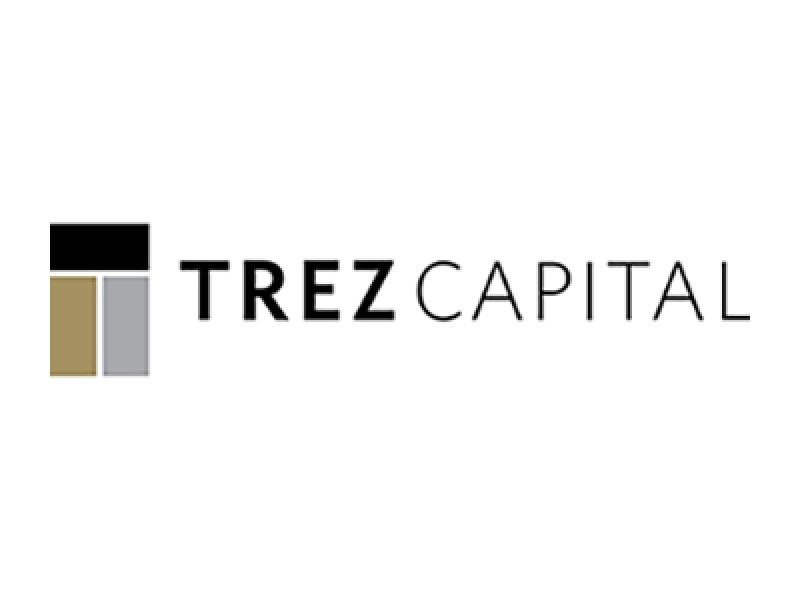
Despite the risks posed by rising interest rates and bank failures, investors in private debt should not overlook the potential benefits of the current economic environment. With the right lender and asset manager, investors can take advantage of wider risk premiums and higher yields on floating rate loans, thus creating a more profitable portfolio.
This poses the question – what must lenders do in the current environment so their investors can benefit from rising interest rates while still managing risk?
With over 25 years of experience in commercial real estate lending in addition to navigating numerous market cycles similar to today’s, Trez Capital believes that it starts with originating and identifying the right project coupled with implementing the highest standards of due diligence for asset management.
Finding the right project
There are three crucial checkpoints before a lender decides to enter into a new project: market and asset selection, borrower selection, and an in-depth due diligence process.
1. Market and asset selection
The market and asset of the project must align with where the lender believes there are opportunities and where they have deep experience in. Trez Capital focuses on investing in the residential sector in areas with high population and job growth across Canada and the United States. A key area of focus in the United States is the Sunbelt. The states in this region hold nearly 50% of the U.S. population, and that percentage is expected to increase to about 55% by 2030 according to Moody’s Analytics. This growth is driven by the region’s business and tax-friendly environment, which has attracted corporate relocations and the migration of skilled workers. These growth trends are paired with a massive demand for housing – in a region that was already experiencing a housing shortage.
2. Borrower selection
Similar to how investors need to select an experienced and knowledgeable investment manager, lenders must do the same when selecting a borrower. Trez Capital limits lending only to high-quality, well-managed borrowers with strong track records of success in the real estate development space. Nearly 75% of Trez Capital’s borrowers are repeat clients due to the established level of mutual trust and the shared certainty of execution. These repeat borrowers have robust resources, in-market capabilities, and strong track records of executing their business plans.
3. In-depth due diligence
For successful loan repayments, every single project loan must align with a well-supported investment thesis. For a quarter of a century, Trez Capital’s thesis has remained unchanged – population growth paired with job growth leads to opportunities in real estate, particularly in residential. Trez Capital embraces a “boots-on-the-ground” approach in the markets in which it invests, meaning physical offices and employing local expertise in regions where it invests to ensure they have from the ground perspective to execute informed transactions.
What happens next? Asset management
The job is not finished after closing a loan. Following initial funding, asset management activates to ensure continued execution of the business plan. According to Trez Capital, there are three broad aspects of oversight and management to foster successful repayment to the end of the loan lifecycle.
The first phase is the monitoring of the underlying business plan in accordance with the loan documents. In the case of construction loans, costs must be closely monitored to ensure borrowers remain in line with underwriting, covenants, and planned milestones. At Trez Capital, there are monthly in-person site visits to confirm incurred costs, contingency levels, and capacity to complete on-time and on-budget. Industry-leading cost consultants are engaged to review borrower budgets during due diligence and sign off on each loan draw, validating progress against the budget and milestones. Timely and detailed monitoring is crucial in mitigating development risk and segues into the next phase.
The second phase is identifying and highlighting the elevated risks of the underlying asset and business plan and determining resolutions usually specific to risks associated with the borrower’s liquidity. Identification is executed by diligent monthly reviews and classifications to properly categorize the risk profile of the underlying portfolio. The asset manager must work with the borrower, contractors, and other stakeholders to resolve any issues that arise, such as disagreements over project scope, timelines, or cost overruns. Trez Capital consistently reviews its loan book to alert parties of emerging risks, and, when needed, either brings the budget back into balance or provides a timely exit ramp for the borrower to refinance the Trez Capital loan out.
The final phase of asset management involves examining repayments. The objective of real estate development is the efficient and timely completion of the asset; thereby ensuring timely repayment of finance to lenders. Understanding the risk of repayments through refinancing or project sell out must be clear. Monitoring the borrower's repayment schedule and ensuring the on-going collateralization of the loan corresponds to underwritten milestones are both critical aspects of oversight required by the asset manager in order to protect the return of investor capital.
Highest level of due diligence
Through diligent planning, monitoring and experience in execution, lenders and asset managers who implement the type of institutional-grade level of risk, underwriting, and asset management that Trez Capital describes, can provide their investors with confidence during times of rising interest rates and economic uncertainty.
Investors and borrowers should not overlook the experience and expertise of firms like Trez Capital, which have developed strategies to successfully navigate all types of economic cycles, while consistently delivering returns to their investors. Experience is essential in these uncertain times.
To learn more, visit trezcapital.com.











